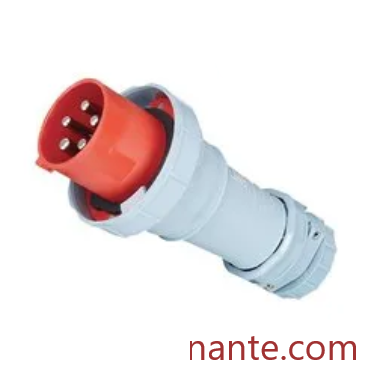Redefining Safety in Age-Friendly Living Spaces
As societies worldwide adapt to aging populations, the distribution Socket Box has emerged as a silent guardian in senior-centric housing design. These systems now prioritize accessibility and hazard prevention, transforming ordinary residential infrastructure into critical tools for safeguarding elderly independence while blending seamlessly with modern care technologies.
Preventing Household Hazards
Residential safety for seniors demands proactive solutions to common risks like slips, shocks, and falls. Modern electrical systems address these concerns through recessed outlets that eliminate tripping hazards and tamper-resistant designs that prevent accidental contact. Tactile indicators guide residents with limited vision, while non-slip surfaces ensure stability in moisture-prone areas like bathrooms. Flame-retardant materials add an extra layer of protection in kitchens and living spaces where forgetfulness might otherwise lead to fire risks.
Empowering Independence Through Smart Integration
The shift toward independent living for seniors relies on unobtrusive yet responsive technologies. Modular electrical components now support voice-activated controls for lighting and emergency alerts, allowing residents to manage their environment without physical strain. Caregivers can discreetly integrate motion sensors or call buttons into wall panels, creating safety networks that respect personal autonomy while ensuring rapid assistance when needed.
Climate-Adaptive Durability
Communities in extreme weather regions require infrastructure that withstands environmental stressors. Weatherproof electrical units prevent moisture damage in coastal facilities or flood-prone areas, maintaining functionality in outdoor spaces like balconies and gardens. Heat-resistant materials ensure reliable performance during prolonged temperature spikes, critical for maintaining air conditioning and medical equipment operations in heatwave-prone locations.
Modernizing Older Buildings
Retrofitting legacy structures for elderly residents poses unique challenges. Modular electrical systems allow upgrades without invasive renovations, with adjustable layouts that accommodate wheelchair accessibility. Simplified color-coding helps residents with cognitive challenges identify controls, while low-profile designs integrate smoothly into historic architecture—preserving aesthetic harmony without compromising safety.
Balancing Safety with Comfort
Senior living spaces must avoid institutional sterility while prioritizing functionality. Concealed electrical components blend into walls or furniture, reducing visual clutter that can overwhelm residents with dementia. Neutral finishes complement adaptive furnishings, creating calming environments that promote mental well-being. These design choices ensure safety measures enhance rather than dominate living spaces.
Collaborative Solutions for Inclusive Design
Architects and caregivers seeking innovative approaches to age-friendly infrastructure can explore tailored solutions at www.nante.com. Their systems demonstrate how thoughtful engineering elevates everyday electrical components into enablers of dignity, safety, and self-reliance for aging populations.
